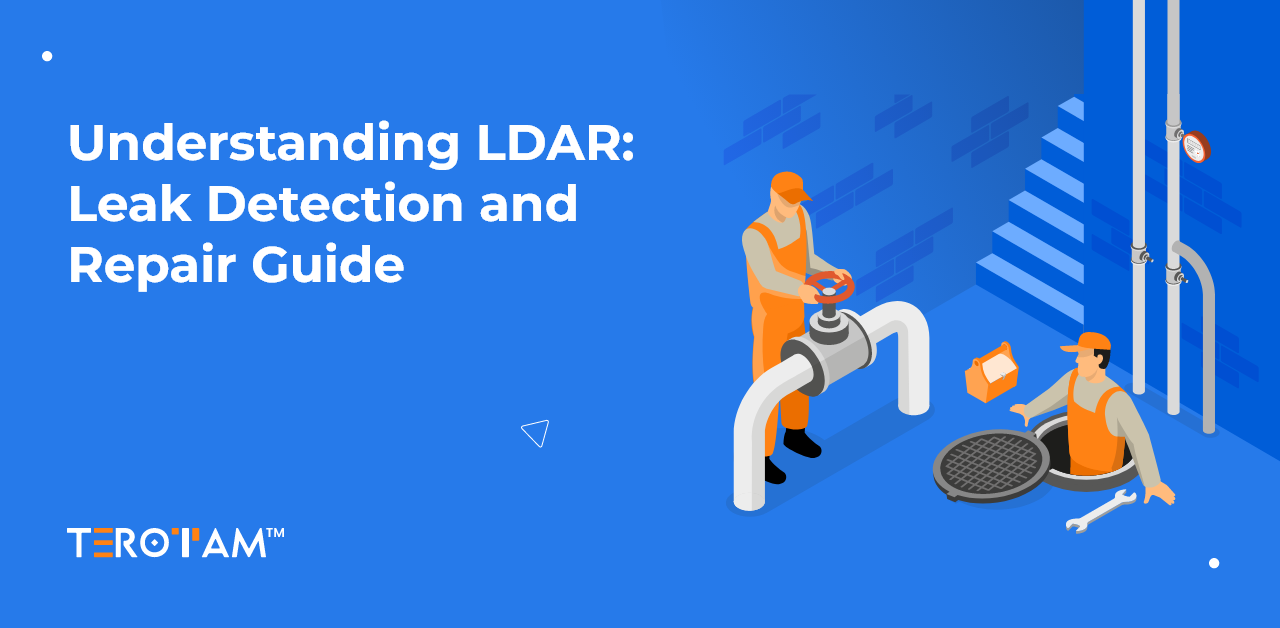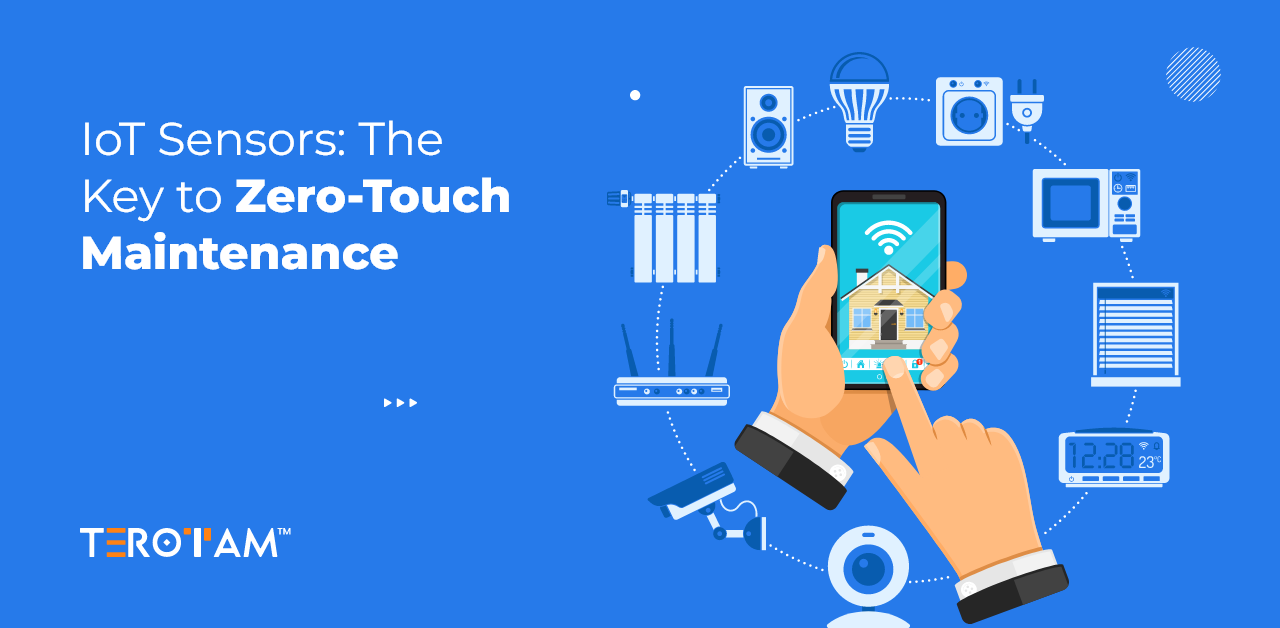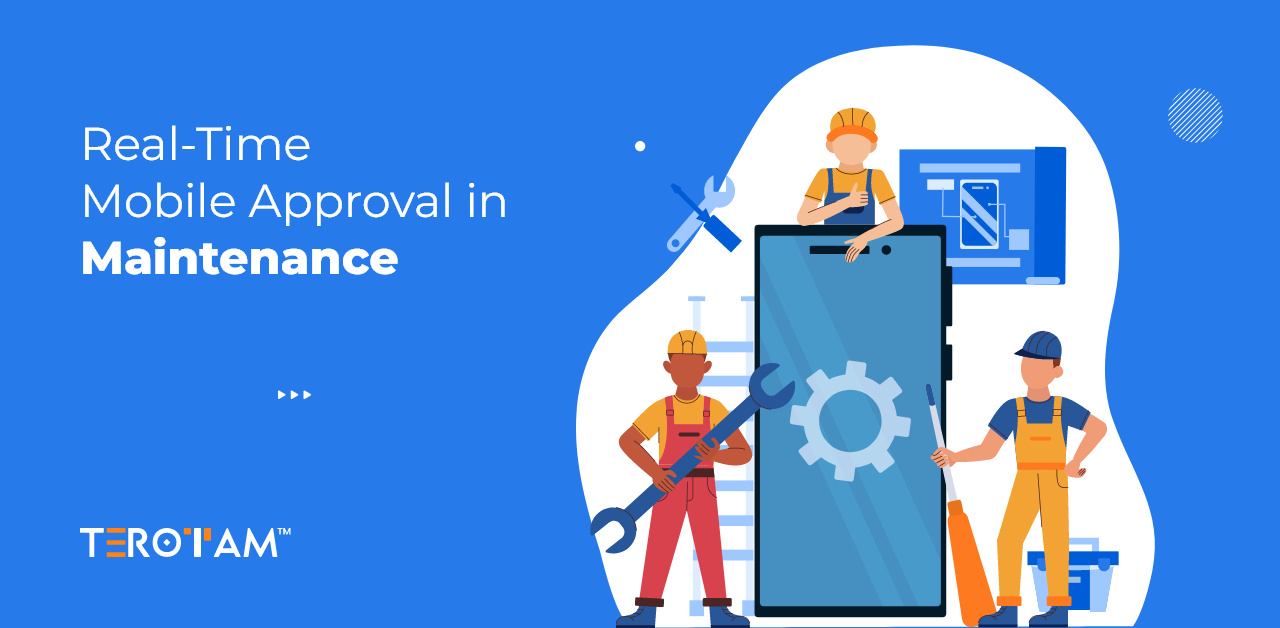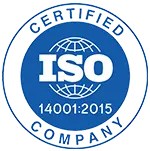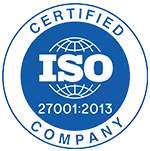Leaks in industrial systems, pipelines, and equipment can cause serious safety hazards, increase operational costs, and result in significant environmental damage. Whether it’s a small gas leak in a chemical plant or a water leak in a manufacturing facility, identifying and fixing the issue quickly is essential to maintaining safety, efficiency, and compliance with industry regulations.
Leak detection and repair (LDAR) is a systematic approach used to find, measure, and fix leaks in equipment that handle gases, liquids, or vapors. It combines inspection, monitoring, and corrective action techniques to prevent wastage, reduce emissions, and avoid unplanned downtime. This process is widely used in industries such as oil and gas, petrochemicals, manufacturing, and utilities, where leaks can lead to both financial and environmental consequences.
In this article, we’ll look at what LDAR involves, why it matters, and the steps typically followed to ensure leaks are detected and resolved efficiently.
Why is Leak Detection and Repair Important?
Uncontrolled leaks in process systems can compromise operational integrity, reduce throughput, and accelerate wear on critical assets. In pressurised lines, storage tanks, or rotating equipment, even minor leaks can alter system parameters such as flow rate, temperature, and pressure balance, leading to process inefficiencies and unplanned downtime. Over time, persistent leakage can escalate into structural damage, increasing the scope and cost of repairs.
From a compliance standpoint, industries such as petrochemicals, manufacturing, and power generation operate under stringent environmental and occupational safety regulations. Fugitive emissions from valves, flanges, pumps, and compressors are closely monitored, with specific thresholds defined by governing bodies. Failure to address leaks within mandated timelines can result in penalties, production halts, or loss of operating licences, making LDAR programs a critical part of regulatory risk management.
The environmental and resource efficiency implications are equally significant. Escaping gases or liquids not only contribute to air and water pollution but also represent direct material losses, impacting both operating margins and sustainability targets. Implementing a robust leak detection and repair strategy ensures optimal resource utilisation, minimises waste, and supports long-term equipment reliability, which directly translates into higher operational efficiency and reduced lifecycle costs.
How Does the Leak Detection and Repair Process Work in Industrial Environments?
In industrial facilities, leak detection and repair (LDAR) is a structured, compliance-driven program designed to identify, quantify, and eliminate fugitive emissions from process equipment. The approach is highly systematic, involving the use of calibrated instruments, standardised inspection protocols, and precise documentation to ensure that leaks are located and resolved within defined regulatory timelines. This process is not a one-time task but a continuous operational requirement integrated into preventive and predictive maintenance programs.
Survey and mapping of equipment
The process begins with creating a comprehensive asset map covering all components with potential leak points, including valves, flanges, connectors, pumps, compressors, pressure relief devices, and sampling connections. Each component is tagged and logged into a central LDAR database, which forms the baseline for inspection scheduling, historical data tracking, and compliance reporting.
Instrument-based leak detection
Detection is carried out using industry-approved technologies such as flame ionisation detectors (FID), photoionization detectors (PID), ultrasonic sensors, or optical gas imaging (OGI) cameras. These tools allow technicians to detect and measure volatile organic compounds (VOCs) or other target substances at parts-per-million (ppm) levels. Selection of the detection method depends on process media, operating pressure, temperature, and required detection limits.
Leak quantification and classification
Once a leak is identified, it is quantified in accordance with regulatory thresholds or site-specific criteria. This involves measuring emission rates and categorising the leak severity—often using scales such as minor, moderate, or critical—based on safety risks, environmental impact, and potential for process disruption. This classification dictates the repair urgency and resource allocation.
Corrective repair procedures
Repair activities can range from tightening mechanical connections and replacing seals to overhauling faulty equipment or performing hot-tap repairs without shutting down the process line. In high-hazard environments, repair work follows strict isolation and lockout-tagout (LOTO) protocols, and materials used must meet compatibility requirements with the process media to ensure long-term sealing integrity.
Post-repair verification and documentation
After repairs, the affected component is re-tested using the same detection instrument to verify leak elimination. Results are logged in the LDAR system, along with repair dates, technician credentials, and instrument calibration records. This documentation is critical for audit readiness and long-term performance analysis, allowing maintenance teams to identify recurring failure patterns and improve asset reliability strategies.
Common Leak Detection Methods
Different applications require different detection approaches. Industries select methods based on factors such as fluid type, system pressure, and accessibility of the leak point.
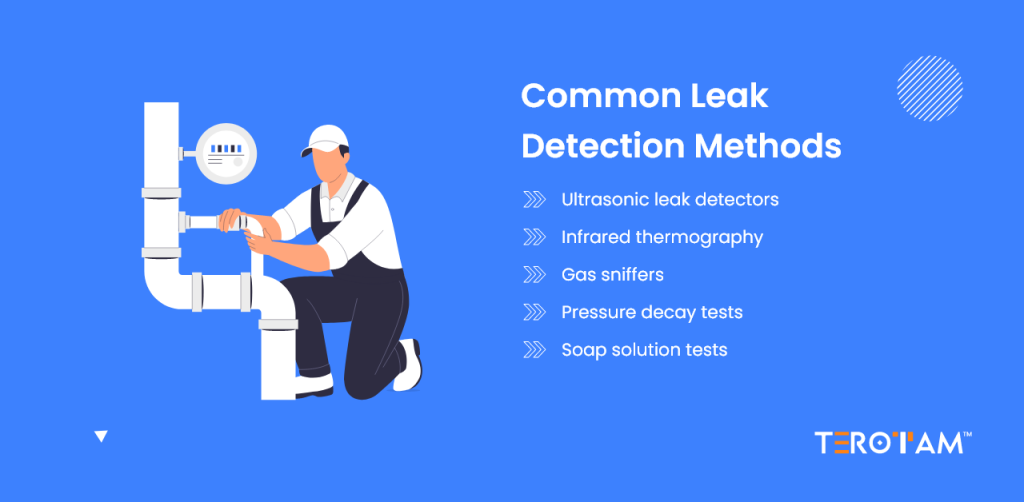
- Ultrasonic leak detectors – Identify high-frequency sounds produced by pressurised gas escaping through small openings.
- Infrared thermography – Detects leaks by measuring temperature changes caused by escaping gas or liquid.
- Gas sniffers – Measure the concentration of specific gases in the air to pinpoint leak locations.
- Pressure decay tests – Monitor pressure drop in a sealed system to indicate leakage.
- Soap solution tests – A simple method where bubbles form over leak points when applied.
Best Practices for Effective Leak Detection and Repair
A successful LDAR program requires more than simply responding to leaks when they occur. It demands a proactive, well-documented approach that integrates advanced monitoring tools, trained personnel, and strict adherence to regulatory requirements. Establishing a repeatable process ensures that detection is accurate, repairs are effective, and compliance is always maintained.
Consistency in inspections, coupled with the use of calibrated instruments and reliable data management, helps reduce fugitive emissions and operational losses over the long term. Applying structured best practices allows industries to minimise environmental risks, improve equipment reliability, reduce downtime, and optimise maintenance budgets.
- Maintain a comprehensive inventory of all potential leak sources with unique identification tags.
- Use calibrated, industry-approved detection instruments for accurate measurements.
- Train technicians on both detection technologies and regulatory compliance standards.
- Schedule inspections based on equipment criticality and known leak-prone areas.
- Record every inspection, repair, and verification step in a centralised LDAR database.
- Implement immediate repairs for high-risk leaks to prevent escalation.
- Use compatible sealing materials to ensure long-term leak prevention.
- Perform post-repair verification using the same detection method for accuracy.
- Analyse leak history to identify recurring problem areas and improve maintenance strategies.
- Integrate LDAR data with predictive maintenance systems for early warning alerts.
Conclusion
Leak detection and repair is an essential process for industries handling gases, liquids, and hazardous materials. It safeguards workers, protects the environment, and reduces unnecessary losses caused by wasted materials and downtime. By combining skilled technicians, modern detection tools, and disciplined monitoring, organisations can keep their operations safe, compliant, and efficient.
For more information on advanced leak detection solutions and how they can be tailored to your operations, reach out to us at contact@terotam.com.


